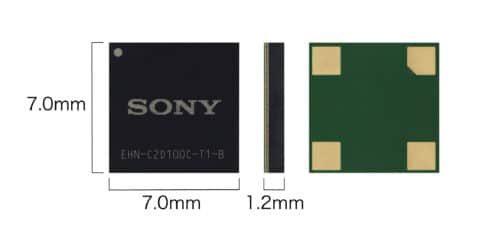Harnessing electromagnetic noise for energy harvesting has the potential to promise efficient power generation, empower IoT devices, and stimulate innovation in the quest for sustainability.

Sony Semiconductor Solutions Corporation (SSS) have launched an energy harvesting module that taps into electromagnetic wave noise energy. Based on SSS’s expertise in tuner development, this new module efficiently converts electromagnetic wave noise into power. This technology can harness the continuous electromagnetic interference emitted by robots in manufacturing plants, office lights and screens, and televisions in both stores and households. This can be channelled to power low-energy IoT sensors and communication tools consistently.
The module cleverly incorporates the metal parts of electronic gadgets—responsible for electromagnetic wave noise—as part of its antenna. Combined with a state-of-the-art rectifier circuit that boasts superior electricity conversion efficiency, the module’s unique design efficiently transforms electromagnetic wave noise, ranging from several Hz to 100 MHz, into electric energy. Despite its diminutive size, it can power low-energy IoT sensors and communication tools or recharge batteries. It is a pioneering energy harvesting approach that excels in power generation efficiency, tapping into previously overlooked electromagnetic wave noise.
The module efficiently harvests power by tapping into electronic equipment that emits considerable electromagnetic wave noise, such as household appliances, computers, lights, vending machines, elevators, cars, and industrial machinery. This capability allows it to derive several dozen μW to several dozen mW of power, adequate to energise low-power IoT sensors and communication devices. Unlike conventional energy harvesting techniques that rely on sunlight, electrical waves, or temperature gradients and can be impacted by environmental aspects like light intensity or indoor conditions, this module can consistently harvest energy. As long as electronic gadgets are powered, they remain a viable energy source, even if not actively used.
The module’s design, made possible by using a minimal set of components, is compact and offers installation flexibility. Additionally, this technology’s continuous monitoring of electromagnetic wave noise from gadgets provides insights into their internal state. By observing changes in harvested voltage, the system can discern device conditions. This could be instrumental in applications like checking the operational status of lights or anticipating malfunctions in robots equipped with motors.






